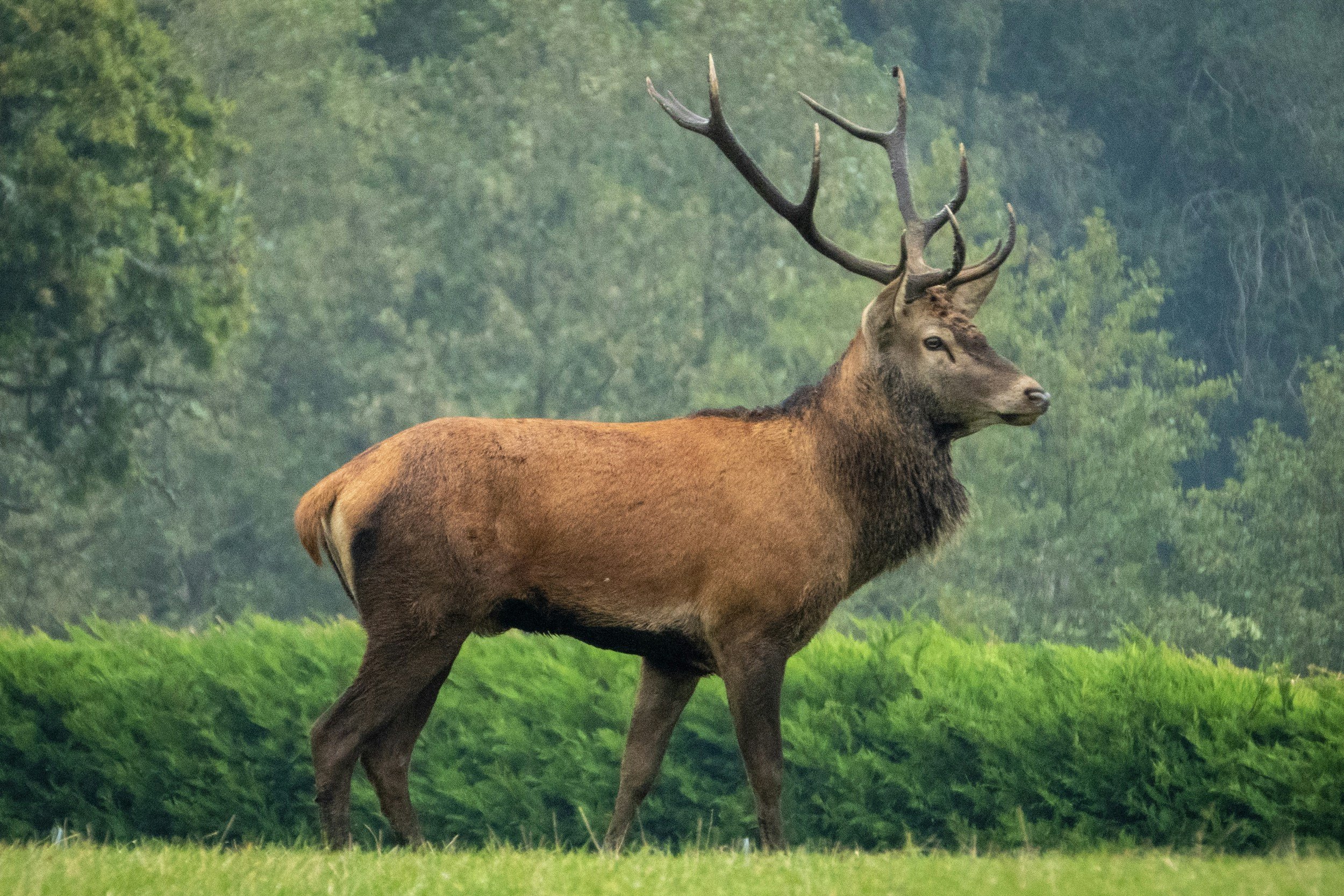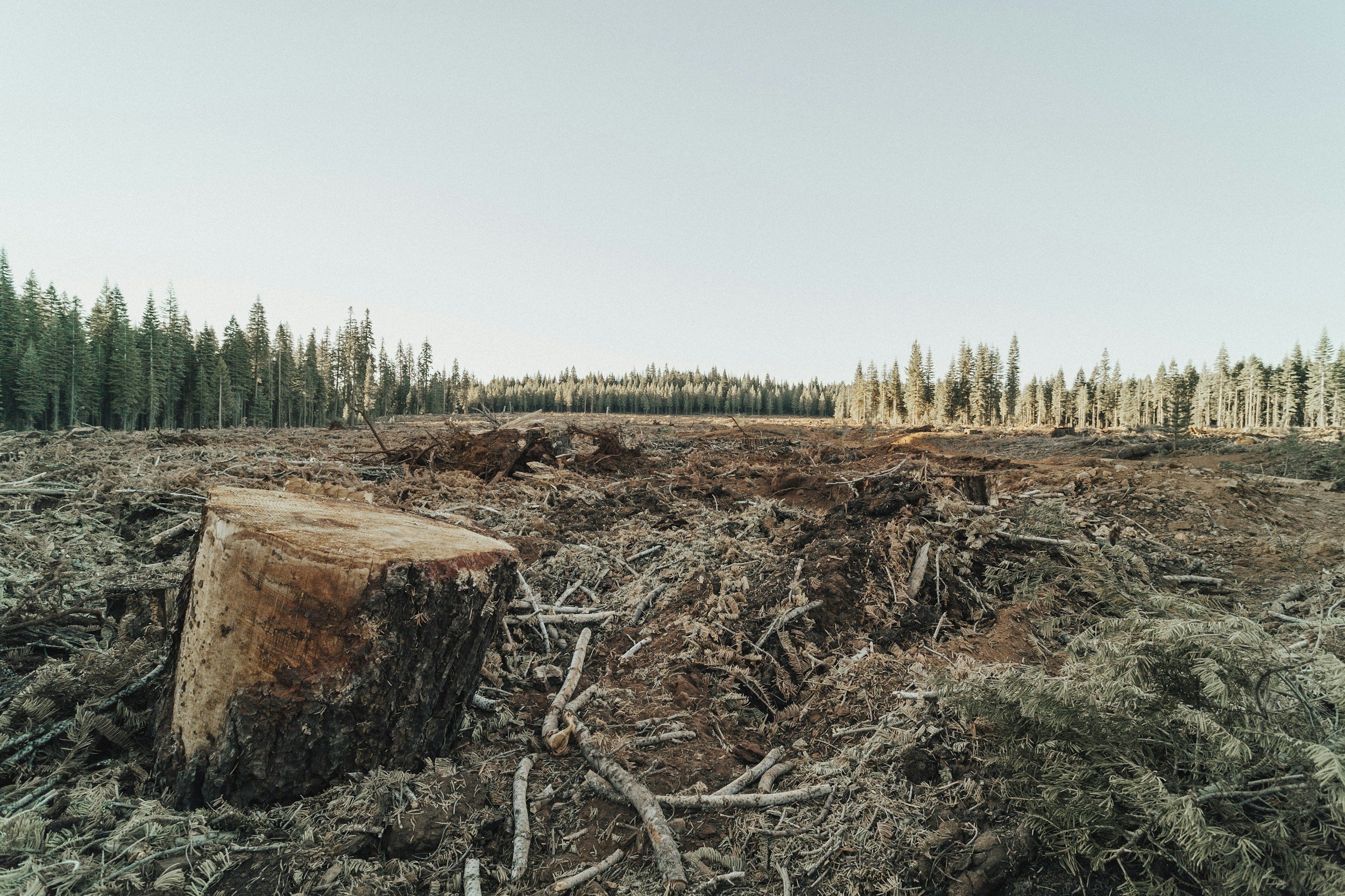What Do Elk Eat?
Elk are fascinating creatures, especially when it comes to their diet. As herbivores, elk eat plants, and their dietary habits change with the seasons. What do Elk Eat? Here's a straightforward look at what elk consume throughout the year.
Seasonal Diet For Elk
Elk's diet varies significantly with the changing seasons to meet their nutritional needs and adapt to the availability of different food sources.
Spring and Summer Diet
In the spring and summer, elk primarily graze on low-lying plants. Their diet includes a variety of:
Grasses: Provide a good source of fiber for digestion.
Flowers: Offer essential vitamins and minerals.
Ferns: Abundant in forested areas, providing moisture and nutrients.
Lichens: Important in mountainous regions, offering additional nutrients.
Shrubs: Including the tender tips of branches, which are rich in nutrients.
This diverse plant diet helps elk build up energy reserves for the harsher months ahead.
Fall and Winter Diet
As the seasons change and the weather gets colder, so does the elk's diet. In the fall and winter, elk turn to higher-growing vegetation, including:
Sprouts and Branches: From shrubs and trees within their reach.
Cured Grasses and Forbs: Plants that have dried out but still provide nourishment.
Aspen Bark: A critical food source rich in carbohydrates. Elk often strip the bark and leaves from chopped or felled trees.
Tree Bark and Twigs: Consumed when other food sources are scarce.
These food sources help elk survive the winter when low-lying plants are not as available. Fall and Winter is also often the time for different elk hunts. Click here for more information on Elk Hunts. Also you can click here for all hunting dates with Broadmouth Canyon.
Additional Food Sources
What else do Elk eat? Elk have a few other food sources that they consume in smaller quantities, including:
Acorns: Rich in fats and proteins, making them an excellent food source.
Pine Needles: Though not very nutritious, they provide essential minerals.
Tree Lichens: A good source of carbohydrates and minerals, often eaten when other foods are not available.
Bones of Other Elk: Provide extra protein and minerals, especially important during the winter when plant food is scarce.
Digestive System of Elk
Understanding how elk digest their food provides insight into why their diet is so varied. Elk are ruminants, meaning they have a four-chambered stomach that allows them to digest tough plant material efficiently. The four chambers are:
Rumen: The largest chamber, acting as a fermentation vat where microorganisms break down fibrous plant material.
Reticulum: Works closely with the rumen to catch larger particles of food and send them back to the mouth for further chewing ("chewing the cud").
Omasum: Absorbs water and nutrients from the partially digested food.
Abomasum: Similar to the human stomach, where enzymes and acids break down food particles into nutrients that can be absorbed into the bloodstream.
Habitat and Diet
The habitat of elk greatly influences their diet. Elk are found in various environments, including:
Forests: Provide a wide range of shrubs, ferns, and trees. The dense vegetation offers ample food during the spring and summer months.
Grasslands: Elk primarily graze on grasses and flowers. These open areas are ideal for grazing but may require elk to move to find food during the winter months.
Mountains: Offer a variety of lichens, shrubs, and high-growing vegetation. The challenging terrain often means that elk in these areas have a more varied diet to meet their nutritional needs.
Human Impact on Elk Diet
Human activities can have a significant impact on the elk's diet, including:
Deforestation: Reduces the number of trees and shrubs available for elk, especially during the fall and winter months, leading to food shortages and forcing elk to migrate to new areas.
Urban Development: Encroaches on elk habitats, reducing the availability of natural food sources. Elk may wander into urban areas in search of food, leading to conflicts with humans.
Agriculture: Expansion of agricultural activities can limit the natural habitat and food sources available to elk. Elk may enter farmlands and feed on crops, which can lead to conflicts with farmers.
You can read more about the impact of human activities on elk diet by clicking here.
Conclusion
Elk have a varied diet that changes with the seasons. In spring and summer, they graze on low-lying plants and branch tips. During fall and winter, they browse on higher-growing vegetation and rely on aspen bark. Throughout the year, they also consume smaller quantities of acorns, pine needles, tree lichens, and occasionally bones for extra nutrients. Understanding the elk's diet helps us appreciate these majestic creatures. To understand more about how elk adapt to their environment and thrive in the wild, click here. By being aware of the impact human activities have on their food sources, we can take steps to ensure that elk populations remain healthy and sustainable.



